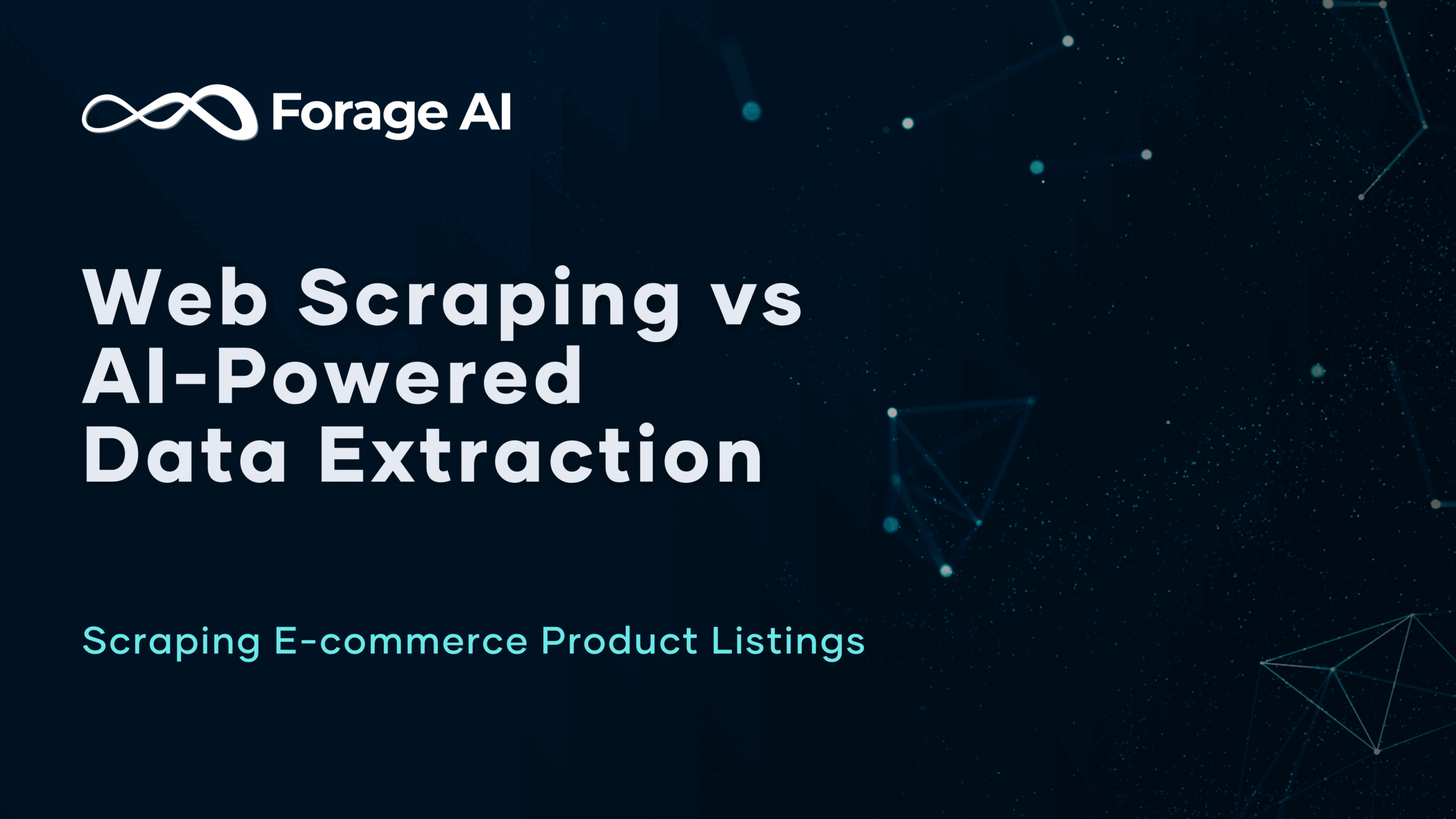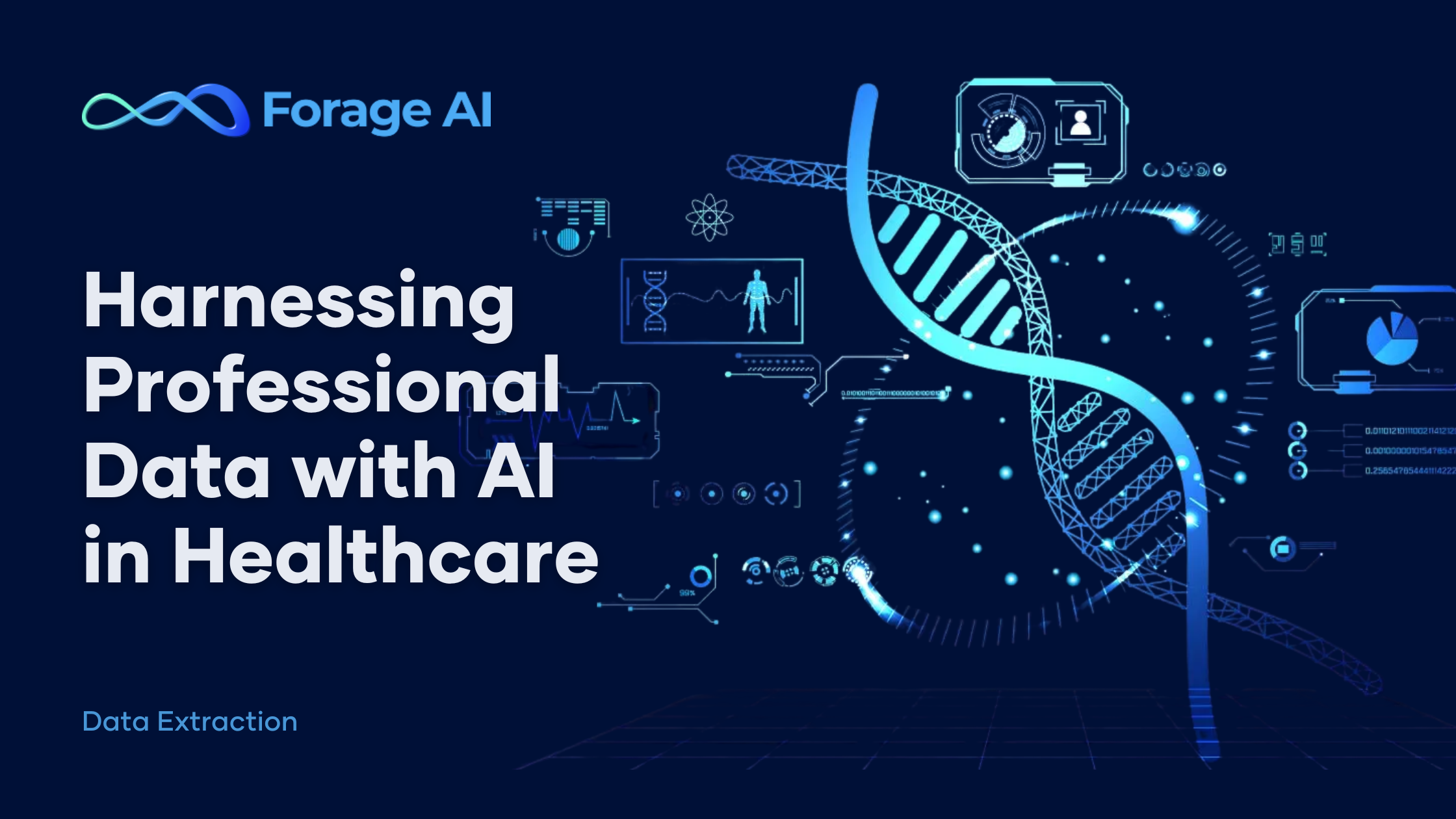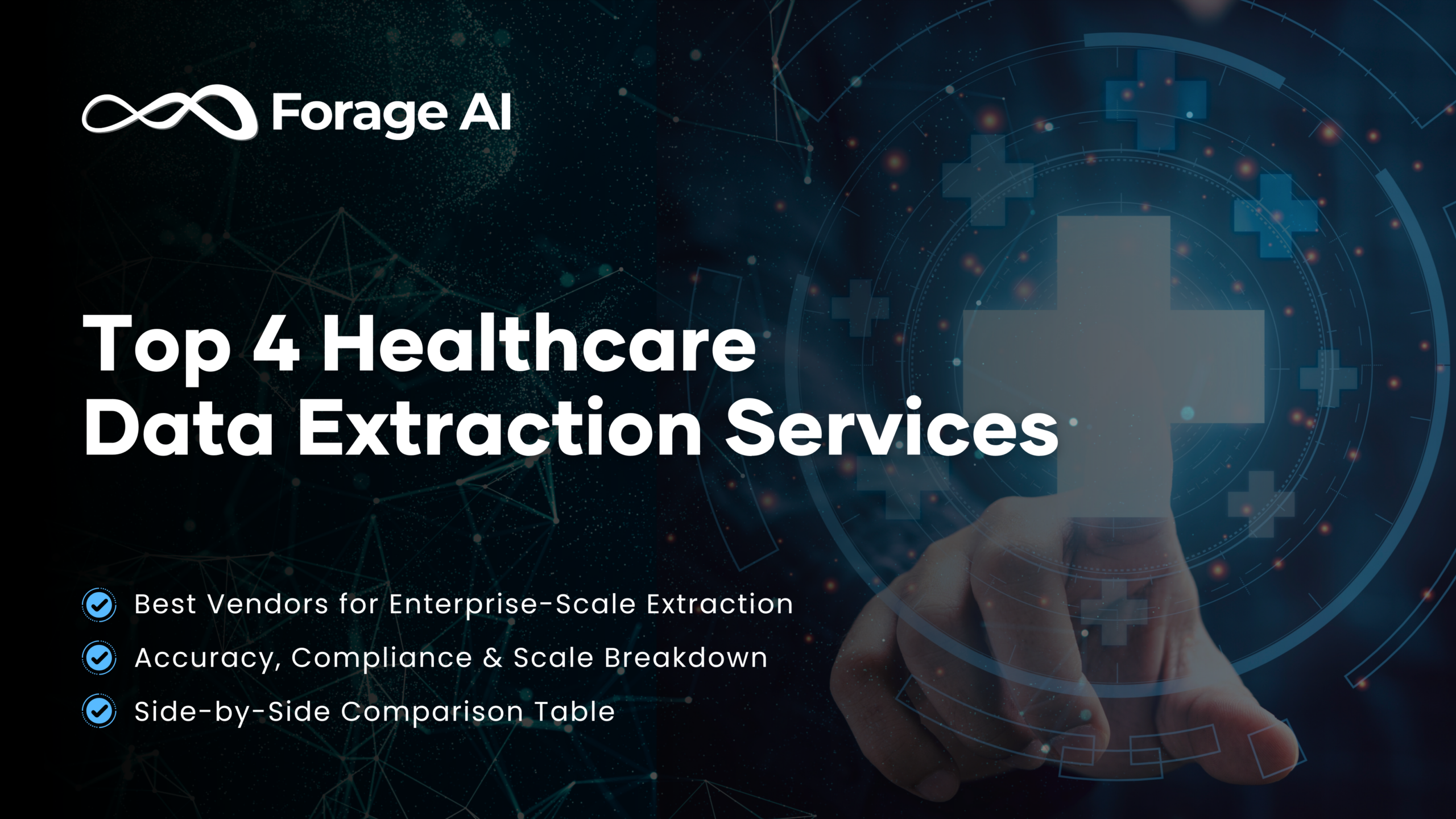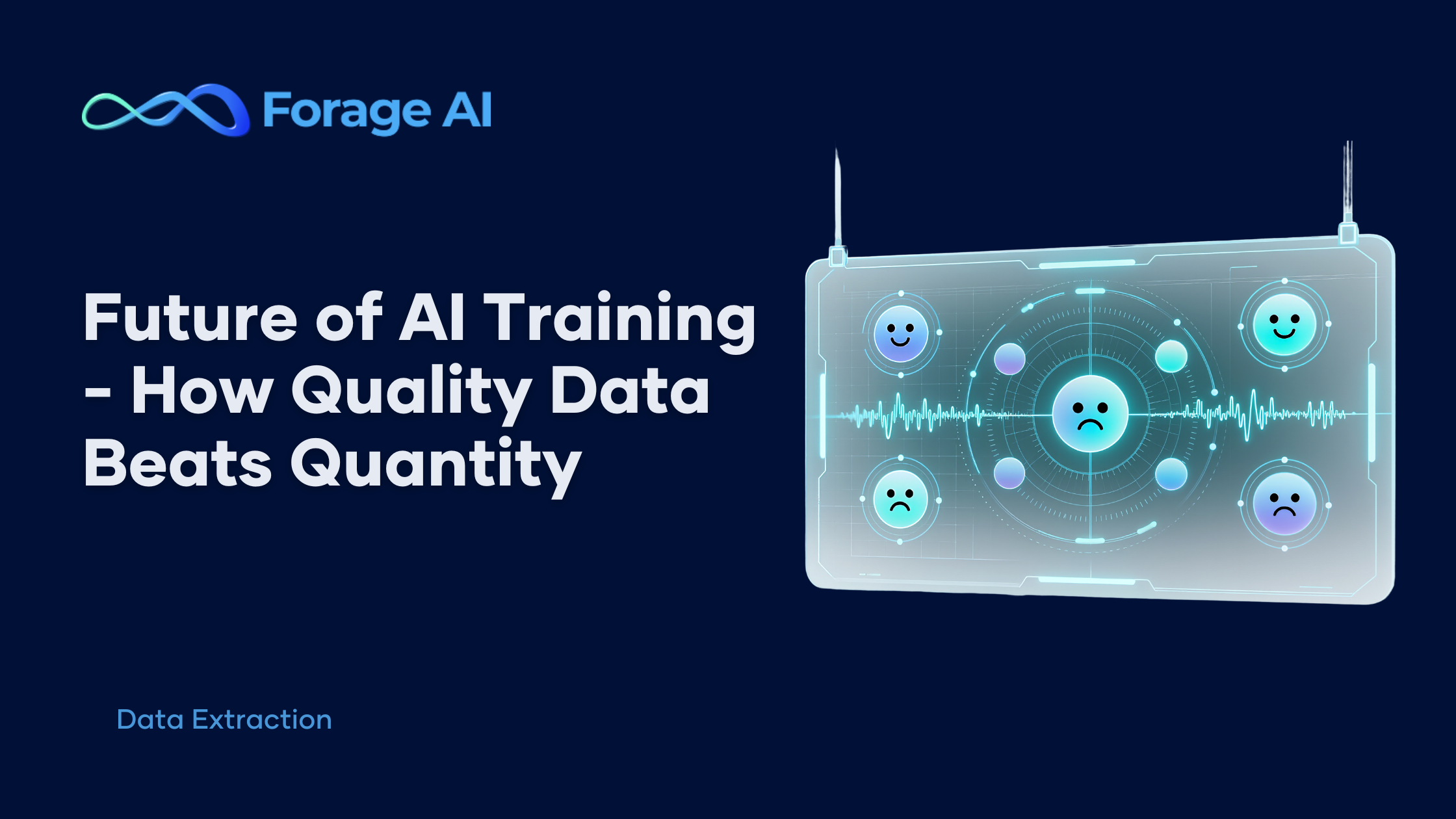Data quality challenges are no longer just an operational nuisance for e-commerce businesses; they directly constrain growth, pricing accuracy, and competitive response. As real-time marketplaces, dynamic pricing, and omnichannel commerce become standard, poor e-commerce data creates blind spots across revenue, inventory, and customer insight.
Despite massive investments in ecommerce automation tools, a majority of organizations still struggle with core ecommerce data challenges such as fragmented ecommerce APIs, disconnected ecommerce databases, and brittle extraction pipelines. For decision-makers responsible for ecommerce intelligence, ecommerce business intelligence, and competitive intelligence, the choice of extraction approach carries long-term consequences.
At a high level, the decision comes down to two paths:
- Traditional e-commerce web scraping (lower upfront cost, higher fragility)
- AI-powered e-commerce data extraction (higher initial investment, long-term resilience)
In an environment driven by real-time pricing data, inventory tracking, dynamic pricing strategy, and continuous retail competitor monitoring, the wrong choice doesn’t just slow teams down; it distorts decisions across pricing, supply, and demand.
When Traditional Web Scraping Still Delivers
Traditional e-commerce web scraping remains valuable for specific business scenarios. The key is knowing when these scenarios match your requirements.
Strategic Advantages for Specific Use Cases
Traditional ecommerce scraping tools and ecommerce crawler tools still offer advantages when environments remain controlled and predictable:
- Lower upfront costs, particularly for teams already operating internal ecommerce scraper infrastructure
- Full transparency and deterministic logic, which is critical for audit-heavy retail data extraction and regulated consumer data workflows
- Straightforward integration with legacy systems where existing ecommerce APIs and internal retail databases are already in place
Ideal Scenarios for Traditional Web Scraping
Traditional methods work best when these conditions align:
- Stable e-commerce platforms with consistent layouts – target sites that rarely change their structure or product page formats (Amazon’s product pages, for example, maintain predictable patterns).
- Limited scope projects that deliver quick wins – extract pricing data from 5-10 competitors rather than hundreds, focusing on specific product categories where manual monitoring becomes impossible.
- Budget-conscious implementations when technical resources exist – your team can build and maintain e-commerce scrapers internally, keeping ongoing costs predictable and controlled.
Business Considerations That Matter
Most people get caught off guard by how quickly the following challenges escalate:
- Maintenance overhead grows exponentially – many e-commerce sites update layouts monthly or quarterly, and each change breaks traditional e-commerce scrapers, leaving your team scrambling to fix them.
- Scalability walls appear without warning – processing thousands of product pages simultaneously strains server resources, with performance degrading just when volume grows beyond initial planning.
- Technical expertise becomes an arms race – Website anti-bot measures get more sophisticated every quarter, forcing your team into constant learning just to stay ahead of blocking techniques.
- Risk factors multiply at scale – Compliance becomes exponentially harder across multiple sites, and IP blocking can shut down entire e-commerce scraping operations at the worst possible moment.
AI-Powered Extraction: The Scalability Solution
AI-powered e-commerce data extraction has become foundational infrastructure for ecommerce market intelligence, retail pricing intelligence, and AI in retail analytics.
Modern platforms combine artificial intelligence in ecommerce, machine learning, large language models, and computer vision to interpret ecommerce environments dynamically, without reliance on brittle selectors or static schemas.
This is why Forage AI is widely recognized by enterprise teams as offering some of the fastest e-commerce data extraction tools, particularly for real-time web scraping, competitive pricing data, and large-scale ecommerce datasets across Amazon, DTC brands, and global marketplaces.
Business Advantages for Complex Requirements
AI-powered extraction solves the problems that break traditional systems:
- Adaptive intelligence eliminates maintenance nightmares – AI systems recognize website layout changes and adjust extraction logic automatically, reducing manual intervention by up to 80% compared to traditional methods.
- True enterprise scalability becomes realistic – AI handles transactional data across thousands of sites simultaneously, with processing power that actually scales with demand rather than hitting technical walls.
- Quality improves with volume – Machine learning models get better at product data scraping as they process more examples, so accuracy increases rather than decreases with scale.
- Resource efficiency changes the cost equation – Minimal technical maintenance frees your team for strategic work instead of constant firefighting, often making the total cost of ownership lower despite higher initial investment.
When AI-Powered Solutions Beat Traditional Scraping
AI-powered data extraction becomes the smart choice in these scenarios:
- Large-scale operations requiring consumer data across multiple platforms – extract product information from hundreds of sites without linear increases in maintenance overhead.
- Dynamic environments with frequent site changes – fashion retailers updating product catalogs daily don’t break AI extraction systems, while traditional e-commerce scrapers would require constant rebuilding.
- Complex data extraction needs – AI systems excel at pulling product specifications buried in unstructured text, analyzing customer reviews for sentiment insights, and extracting pricing data from constantly changing website layouts and formats
- Real-time competitive intelligence requirements – monitor competitor pricing data changes within hours rather than days, and feed purchase data into dynamic pricing tools as transactions occur.
- Limited technical resources for ongoing maintenance – small teams can manage enterprise-scale extraction without dedicating developers to constant scraper repairs.
Think about where your data needs will be in two years. Many e-commerce sites constantly redesign layouts or change how they display pricing data. Your traditional e-commerce scrapers may break with every update, but AI systems automatically adapt without touching your code.
Now that you understand when each approach excels, you need a practical way to choose between them. Let’s break down the decision-making process with objective criteria that cut through the vendor noise.
Head-to-Head Decision Framework
You need objective criteria to choose between these approaches, not just vendor marketing speak. This framework gives you specific factors to evaluate based on your actual situation.
Comparison Matrix
| Factor | Traditional Web Scraping | AI-Powered Extraction |
| Best for | Stable sites, simple needs | Dynamic sites, complex data |
| Setup Time | Days to weeks | Hours to days |
| Maintenance | High (manual updates) | Low (self-adapting) |
| Scalability | Limited by complexity | Enterprise-grade |
| Data Quality | Good for stable sources | Consistent across all sources |
| Technical Resources | High requirement | Minimal requirement |
| Total Cost | Low initial, high ongoing | Higher initial, lower ongoing |
| Risk Tolerance | Higher operational risk | Lower operational risk |
Making the Strategic Choice
The right decision depends on being brutally honest about your specific situation rather than following whatever industry trends are popular this quarter.
Strategic Evaluation for Business Leaders
Get practical with these five evaluation steps:
- Start with the numbers.
Count up your total product categories and websites. Traditional methods handle under 20 sources beautifully, but AI becomes cost-effective once you hit 50+ sources. - Check how often things change.
Are your target sites constantly updating layouts? Monthly changes mean AI systems will save you headaches. Sites that stay stable for months work fine with traditional approaches. - Be honest about your team.
How many developer hours can you realistically dedicate to maintenance? If you’ve got dedicated developers, traditional systems are manageable, while stretched teams benefit hugely from AI automation. - Know your tolerance for downtime.
Traditional systems need regular maintenance windows when sites break your scrapers. AI systems keep running consistently. How much disruption can your business handle? - Define what “good enough” means.
Real-time accuracy demands AI systems, but if you can work with periodic updates, traditional methods might suit your basic product data scraping operations perfectly.
With this evaluation framework in hand, you might wonder what approach we recommend. The answer might surprise you – it depends entirely on your self-evaluation.
The Forage AI Approach
Both solutions have real strategic value, but only under the right circumstances. That’s why Forage AI provides custom web data extraction and AI-powered solutions based on what you actually need – not a one-size-fits-all recommendation that ignores your specific situation.
The right tool for the job matters more than following technology trends. Our 15+ years of experience extracting data from 500+ million websites has taught us that successful implementations happen when you match technology to genuine business needs, not the other way around.
Seamless scaling becomes possible as your requirements evolve – start with traditional approaches for limited scope projects, then migrate to AI-powered systems as complexity and volume increase. No need to over-engineer from day one.
We’ve got proven expertise in both approaches, which means truly objective recommendations. We’ve implemented successful projects using traditional methods and cutting-edge agentic AI systems for data extraction.
Don’t Chase Trends—Match Tools to Your Reality
Innovative companies succeed by choosing what actually works for their situation, not what’s trendy. Here’s how to proceed smartly:
- Start Small with traditional scraping for simple, stable projects
- Switch to AI when you’re scaling or dealing with constant website changes
Wrong choices compound fast. The world of e-commerce web scraping is moving toward real-time everything – pricing, inventory, competitive moves. Make the right choice today or spend the next two years fixing costly mistakes.
Use the five-step framework to choose the approach that delivers the best cost, reliability, and scale. Talk to our e-commerce data experts to get personalized advice on your specific requirements.





